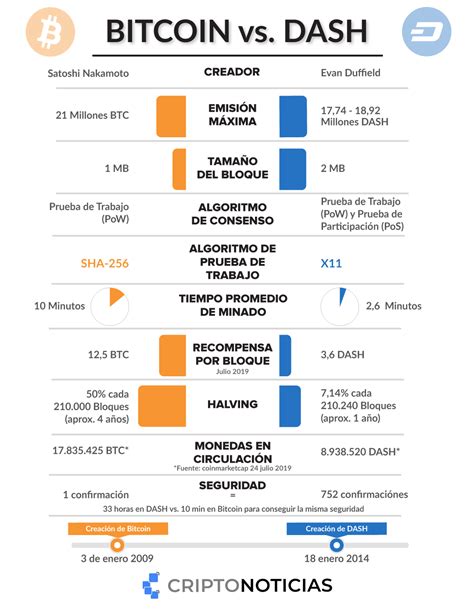Artificial intelligence and risk psychology in cryptocurrency trading
The Unraveling of Risk: How Artificial Intelligence is Changing the Face of Cryptocurrency Trading
As the world of cryptocurrency trading continues to grow in popularity, investors are drawn to its potential for high returns. However, with great rewards comes great risk. The increasing sophistication of artificial intelligence (AI) has led to a reevaluation of how traders approach risk management in this highly volatile market.
The Psychology of Risk: Understanding Human Behavior
Before we dive into the impact of AI on cryptocurrency trading, it is essential to understand human psychology and how it impacts risk-taking behavior. Humans are hardwired to seek excitement and reward, which can lead them to take on more risk than they would in a more traditional investment environment. This phenomenon is known as the “sunk cost fallacy,” where individuals continue to invest money due to the potential for future gains or losses.
In the context of cryptocurrency trading, this can manifest as impulsive decisions based on emotional reactions rather than careful consideration of risk factors. Furthermore, human psychology plays a significant role in the decision-making process, with research suggesting that emotions such as fear and greed influence investment choices.
The Role of Artificial Intelligence in Risk Management
Artificial intelligence has made great strides in recent years, particularly in areas such as machine learning, natural language processing, and predictive analytics. These advances have enabled the development of sophisticated risk management systems that can analyze large amounts of data to identify potential risks and opportunities.
Risk Assessment Algorithms
Some notable examples of AI-based risk assessment algorithms include:
- Statistical Arbitrage: This approach involves analyzing price movements in different markets to identify areas of high volatility, allowing traders to exploit these fluctuations to make profits.
- Machine learning models: These algorithms can learn from historical data and adapt to new market conditions, allowing for the prediction of future price movements.
- Behavioral finance models: These models attempt to understand how human behavior influences investment decisions, providing valuable insights into risk-taking patterns.
The Benefits of AI-Powered Risk Management
Integrating AI-powered risk management systems has several benefits for cryptocurrency traders:
- Increased accuracy: AI-powered algorithms can analyze large amounts of data, reducing the likelihood of human error and increasing the accuracy of risk assessments.
- Increased efficiency: By automating routine tasks, traders can focus on high-value activities such as market analysis and decision-making.
- Increased Adaptability: AI-based systems can adapt to changing market conditions, allowing traders to respond quickly to new information.
Challenges of Implementing AI in Cryptocurrency Trading
Despite the benefits of AI-based risk management, there are several challenges in implementing these technologies:
- Data Quality

: The availability and quality of high-quality data are critical components of effective risk management.
- Scalability: Integrating multiple systems and algorithms can be computationally intensive and require significant resources.
- Interoperability: Ensuring seamless communication between different AI-based systems is critical for optimal performance.
Conclusion
As the cryptocurrency market continues to evolve, AI is playing an increasingly important role in risk management strategies. By harnessing the power of AI-based algorithms, traders can improve their decision-making processes, improve accuracy, and increase efficiency.
However, it is essential to recognize that AI does not replace human judgment, but rather complements it.
Leave a Comment